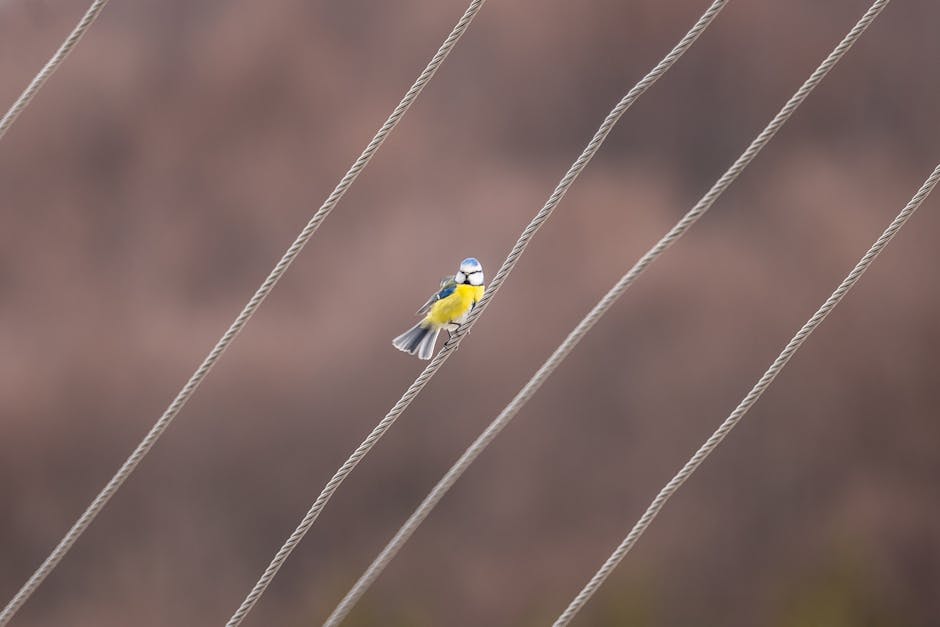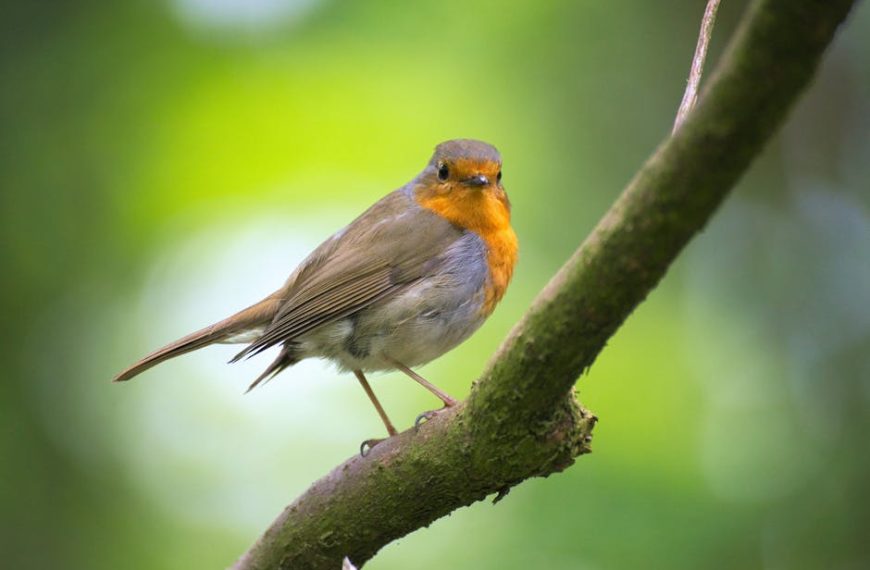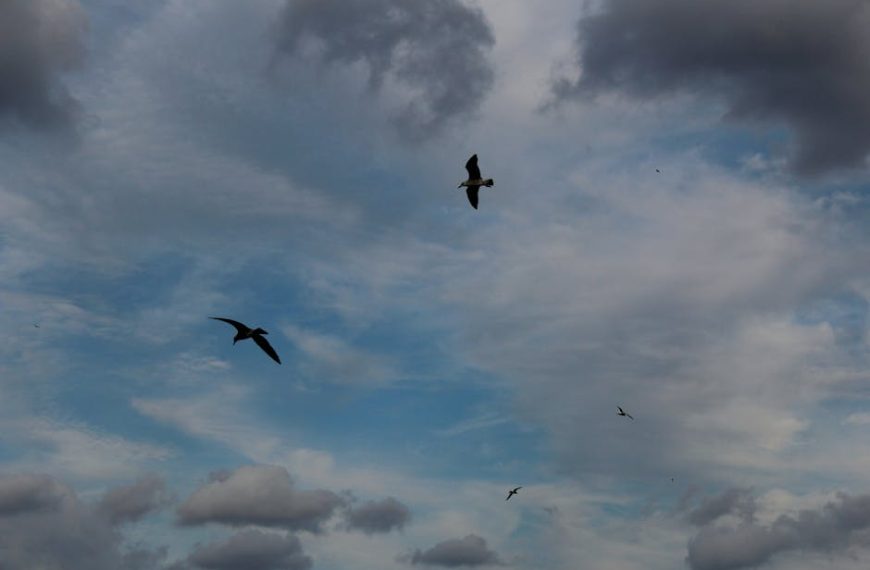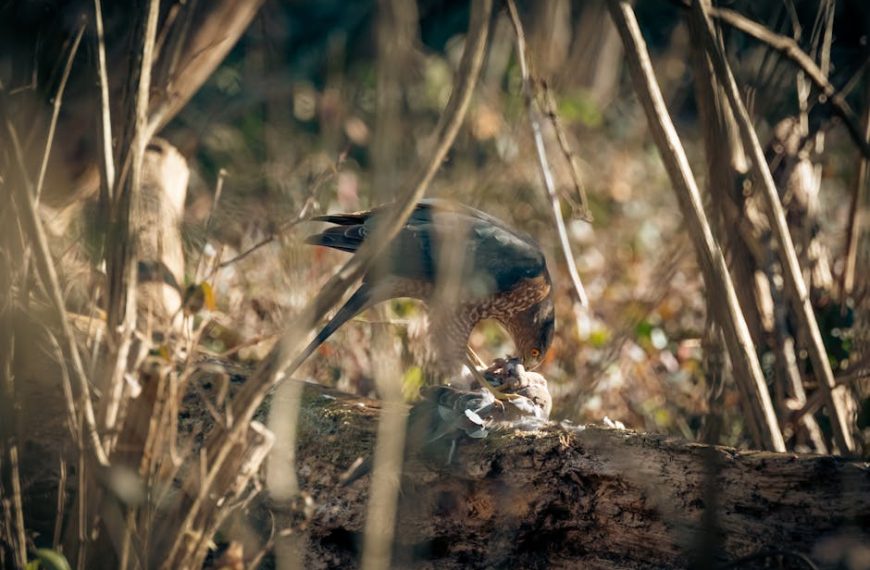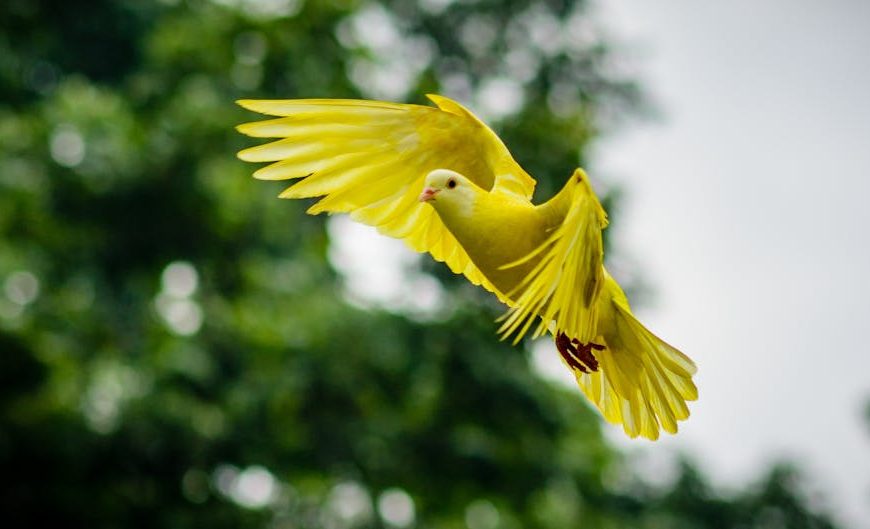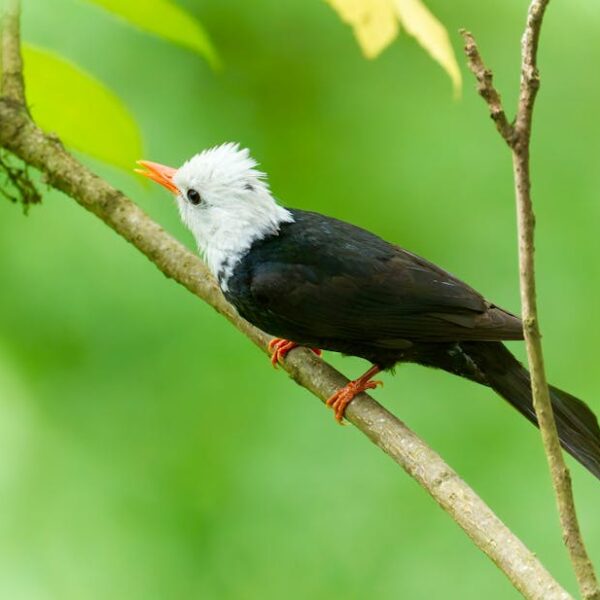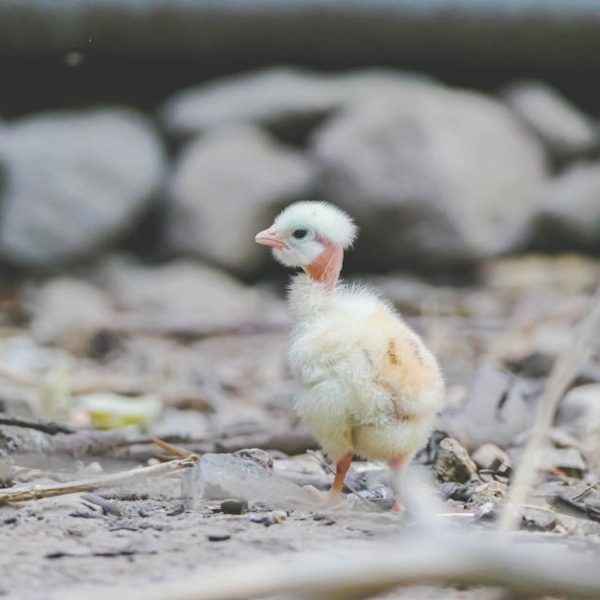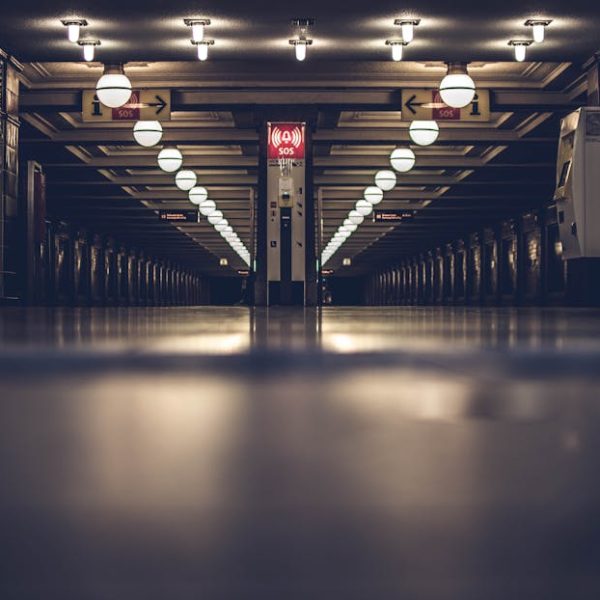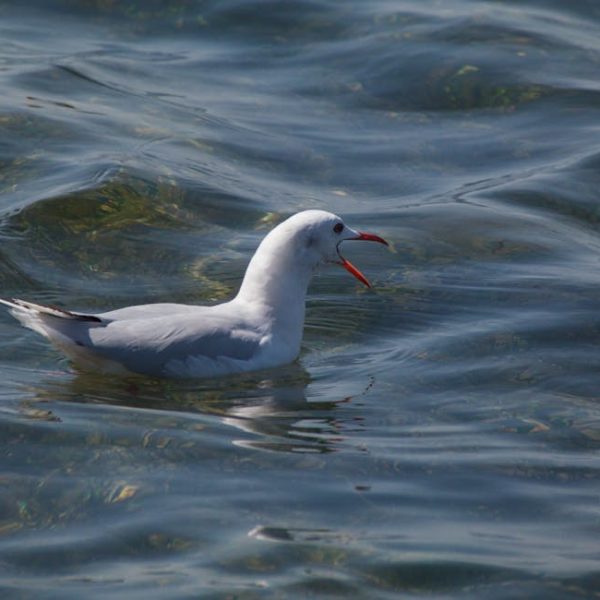What’s the secret behind birds seemingly oblivious at the mortal danger as they contently perch on your neighborhood power lines? The truth is far from a fowl play of bravado – there’s actually a fascinating blend of physics and biology at work here. Amidst this precarious balance, power lines surprisingly offer advantages that make them attractive spots for our feathered friends. Let’s take a deeper dive into why birds prefer this high-wire act.
The Physics Behind Power Lines and Bird Safety
Picture a tightrope walker on a wire. You’d think their carefree balance spells certain doom, yet they remain safe – like birds seated on a power line. The answer lies in the fundamental laws of electricity.
Electrical current, the flow of charge, always takes the path of least resistance. For a bird perched on a single power line, there’s no motivation for the electricity to enter the bird’s body. There’s simply no complete circuit present—the gateway that electricity needs to flow. While in mid-air, a bird is not grounded, so it’s safe.
But beware, conditions do exist when birds can be at risk around power lines. If a bird simultaneously touches two power lines or a power line and a grounded object like a telephone pole, a pathway forms for the electrical current to flow through their body, unfortunately leading to electrocution.
Residents should avoid installing bird feeders or houses too close to power lines, discourage birds from building nests on poles, and notify utility companies if they spot dangerous situations.
The Role of Power Lines as a Vantage Point
In the game of survival in the wild, view from the top counts. For birds, a higher vantage point provides a more expansive view, allowing them to spot food sources, potential mates, and predators more easily.
The height and openness that power lines offer make them akin to modern trees, free from obstructions like leaves or branches. Here, they can easily fly off to evade danger.
Though natural perches like trees and man-made structures like buildings may offer similar advantages, they either have limited scope of view or are few and far between in urban settings. The consistency and accessibility of power lines easily make them the top choice for our feathered locals.
The Social Nature of Birds
Birds are often social creatures, looking for opportunities to interact, share information, or strengthen their social bonds. The straight-line arrangement of power lines gives them an ideal setting.
You may often notice species like starlings or crows flocking together on power lines. Here, they communicate, play, or even demonstrate courtship rituals. This open configuration lets them keep an eye on each other and ensure group cohesion, making power lines the ultimate social networking site in the avian world.
Conclusively, while power lines may seem hazardous, their appeal to birds is far stronger due to a combination of electrical physics, practical advantages, and social behavior. In the subsequent sections, we will dive into how power lines additionally serve as warmth generators and the potential implications on bird safety and conservation initiatives.
Power Lines as a Source of Warmth
Have you ever noticed a bird snuggled on a power line on a chilly day? That’s because power lines aren’t just mere perches – they double as a reliable source of warmth.
Electrical transmission generates heat and for an animal that spends the majority of its time flying in the cold open air, this can be a welcome respite. Birds, unlike mammals, are unable to regulate their body temperature internally. They rely on external heat sources to maintain their body temperature, making the warmth from power lines a key advantage during colder months.
But, these convenient heat sources are not without danger. Birds perching too close to high voltage lines can be at risk of overheating. Hence, balance is necessary, and understanding the correct distance in relation to the heat is a skill they master over time.
Impact on Bird Safety and Conservation Efforts
While birds have seemingly adapted to urban growth by utilizing human-made structures like power lines, we cannot ignore the associated risks and the potential impact on bird populations. Electrocution incidents are a sad reality in several regions and steps must be taken to make these areas safer for birds.
Conservationists and power companies have recognized this and have been making efforts to retrofit power lines to make them more bird-friendly. Some of these measures include:
- Providing flight diverters to make the lines more visible during flight.
- Installing perches that are safe distances away from lines.
- Using insulated wires to reduce the risk of electrocution.
Pro tips for readers:
- Report any bird casualties due to power lines to your local utility or wildlife conservation authority.
- Discourage birds from nesting near power lines.
- Advocate for bird-friendly measures in your local community.
Yet, there’s room for further improvement and continued research in this area. The balance between urbanization and the delicate ecosystem of our avian counterparts is a constant challenge – one that we must consciously strive to maintain for the preservation of biodiversity around us.
In conclusion, power lines, despite their associated risks, serve as a crucial part of the urban ecosystem for birds. From the comfortable perch, to warmth during frigid seasons, and ample opportunities for socializing and networking – these factors make power lines more than just an unfortunate necessity for birds. It’s a testament to their adaptability and a challenge to us humans to provide safer urban spaces for our feathered friends.
Key Takeaway:
- Birds perch on power lines without harm due to the flow of electrical current preferring the path of least resistance. Thus, the electricity doesn’t flow into the bird’s body as there is no complete circuit present when the bird is on a single line.
- Various factors make power lines attractive to birds. They provide a high vantage point for surveillance and escape, act as a social platform for interaction and communication, and generate heat, beneficial particularly during cold seasons.
- However, there are circumstances when birds can be at risk – when they simultaneously touch two power lines or a power line and a grounded object (like a pole), making them vulnerable to electrocution.
- Steps are being taken by conservationists and power companies to make power lines safer for birds, such as flight diverters, safe distance perches, and insulated wires. There is, though, a need for continued research and improvement.
This insight opens up a new perspective towards the unassuming bird-on-a-wire scenario. It reinforces our understanding that each element, no matter how trivial it might seem, plays a significant role in the delicate balance of our ecosystem. Simple steps from us, like discouraging birds from nesting near power lines or reporting bird casualties, can go a long way in ensuring birds can continue to seamlessly adapt into our ever-evolving urban landscapes, remaining a charming part of our quotidien life.
FAQs
Q: Why don’t birds get electrocuted when they land on one power line?
A: Birds are safe when landing on a single power line because the electrical current doesn’t consider them a path of least resistance for flow. As the bird is not completing the circuit, there is no motivation for the electricity to enter the bird’s body.
Q: How do power lines serve as a social platform for birds?
A: The straight-line arrangement of power lines offers an ideal setting for birds to interact and share information as a group. It aids them in maintaining group cohesion, fostering an excellent social networking site in the avian world.
Q: Why are power lines a source of warmth for birds?
A: The electrical transmission on power lines generates heat. Birds, unable to regulate their body temperature internally, rely on external heat sources, making the warmth from power lines beneficial, especially during colder months.
Q: How can power lines be retrofitted to be more bird-friendly?
A: Some measures include installing flight diverters to make power lines visible during flight, perches at safe distances from the lines, and using insulated wires to reduce the risk of electrocution.
Q: What can individuals do to ensure the safety of birds around power lines?
A: They can report bird casualties due to power lines, discourage birds from nesting near power lines, and advocate for bird-friendly measures in their local communities.
Don’t hesitate to share this article and explore more on our website about interesting facts from the animal kingdom and environmental conservation efforts.
